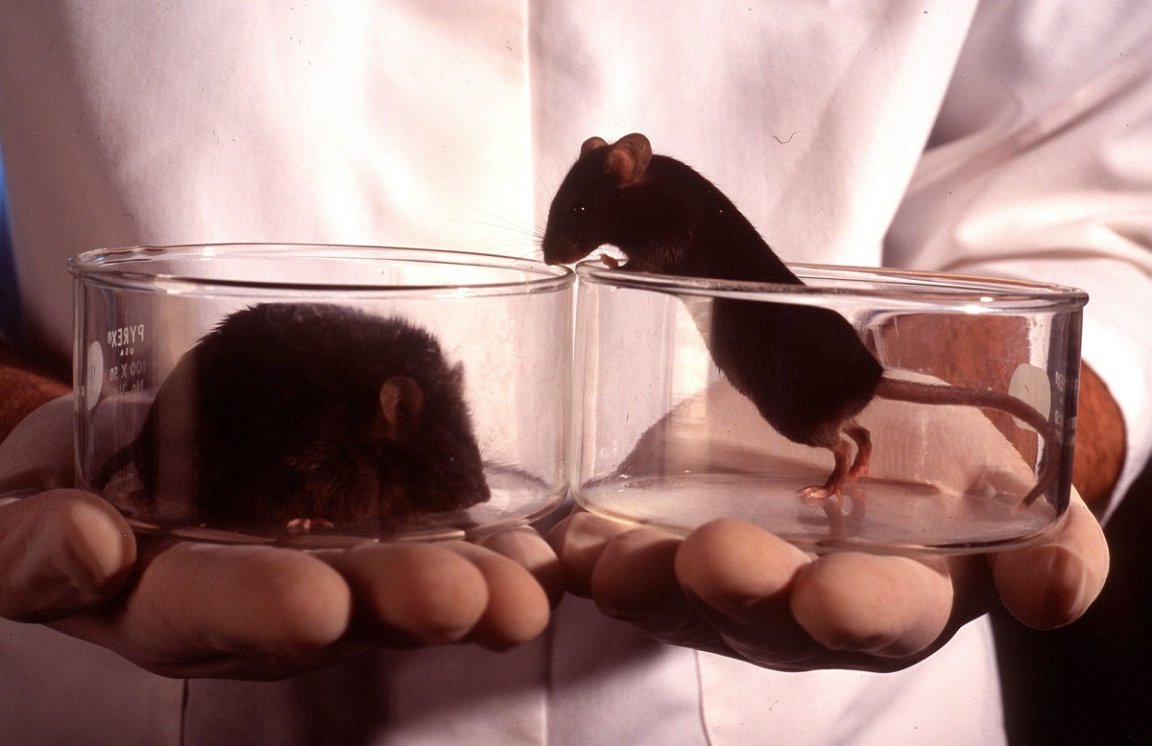
Scientists have gene-hacked mice to produce their own Ozempic-like drugs — possibly, and provocatively, perhaps paving a path for humans to do so themselves one day.
In a new study published in the journal Communications Medicine, researchers from Japan’s University of Osaka successfully gene-edited mice livers to produce exenatide, a first-generation diabetes drug and predecessor to now-trendy jabs like Ozempic and Mounjaro.
Using lab mice that were obese and pre-diabetic — which sounds, we have to note, both sad and adorable — the researchers used a CRISPR-based genetic editing method to add a gene to the rodents’ liver cells instructing them how make exenatide. Soon after, the Osaka researchers detected the drug in the rodents’ blood, and kept finding it for up to 28 weeks as the gene-edited mice “ate less food and gained less weight” than their unedited counterparts, as a press release about the study explains.
It’s not the first time researchers have gene-hacked living things into creating glucagon-like peptide-1 (GLP-1) receptor/agonists, the class of drugs to which Ozempic belongs, and which are believed to mimic the stomach’s feeling of fullness. Back in 2017, researchers from the University of Chicago gene-edited human and mice skin cells to produce GLP-1, then grafted them onto host animals that subsequently showed increased insulin secretion and reversed weight gain. And more recently, student scientists at Canada’s University of Ottawa genetically tricked a tobacco cousin into producing a similar compound.
Taken all together, and it’s an intriguing proof of concept for bespoke genetic treatments that could help the body produce its own medication — a radical departure from the current model of the pharmaceutical and medical industries.
“We hope that our design of a one-time genetic treatment can be applied to many conditions that do not have exact genetic causes,” explained Keiichiro Suzuki, the study’s senior author, in the press release.
Still, as Gizmodo notes, not all GLP-1s are created equal. Taken twice a day orally, the original formula of exenatide made it far less long-lasting than semaglutide, and although an extended-release version was eventually manufactured and sold, both have since been discontinued over long-known risks of pancreatitis — though to be fair, Ozempic has been linked to the same condition, even if the research remains inconclusive.
While it remains unclear whether the Osaka researchers plan to experiment with a compound closer to semaglutide, the biopharmaceutical company Fractyl Health has also been working on a gene therapy that trains the body to create its own GLP-1s. Earlier this year, the company began the approval process for human trials in Europe, which will begin next year if accepted by health regulators.
Notably, neither of these mice studies addressed the GLP-1 elephant in the room: that these drugs, regardless of exact formulation, carry an increased risk of pancreatitis and other gastrointestinal problems. Could producing them in-vivo result in fewer side effects? It seems too early to tell — but we’ll be watching.
More on GLP-1 research: Human Experiments on GLP-1 Pill Looking Extremely Promising